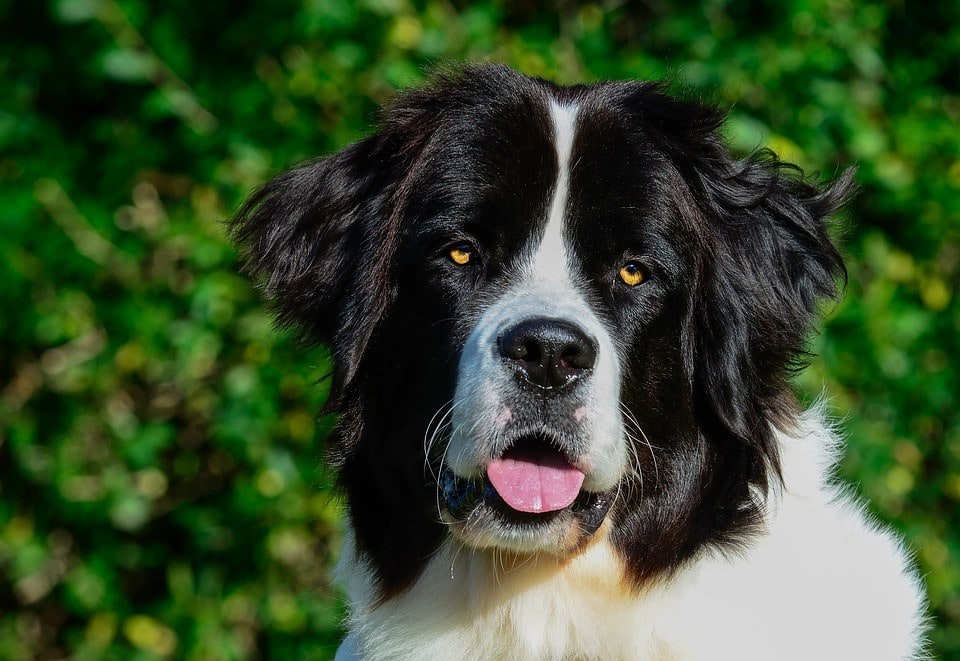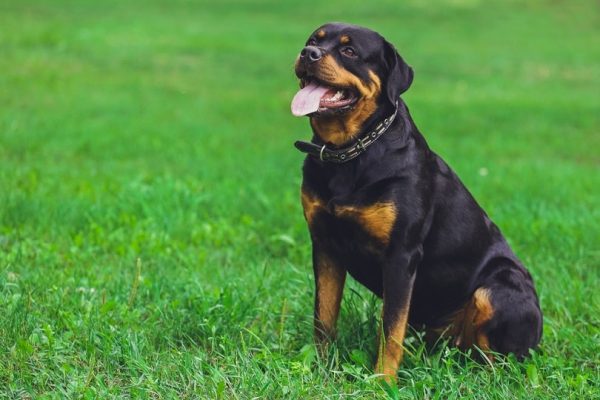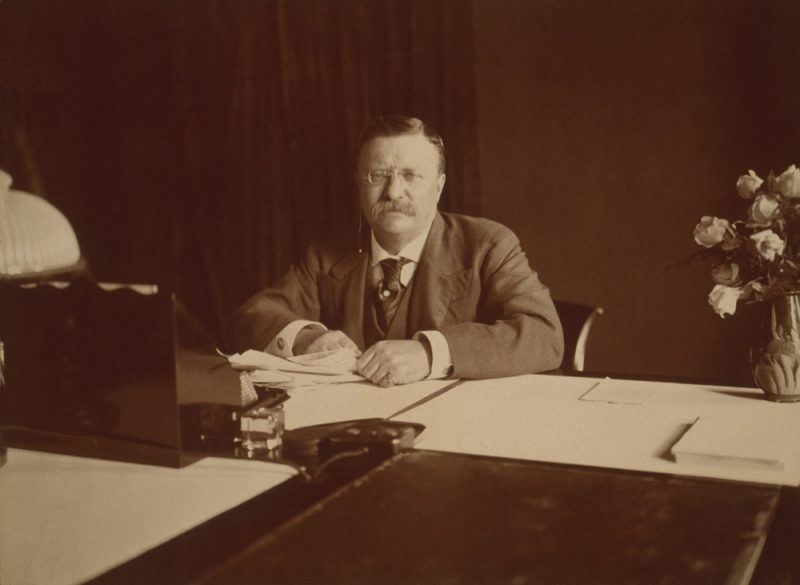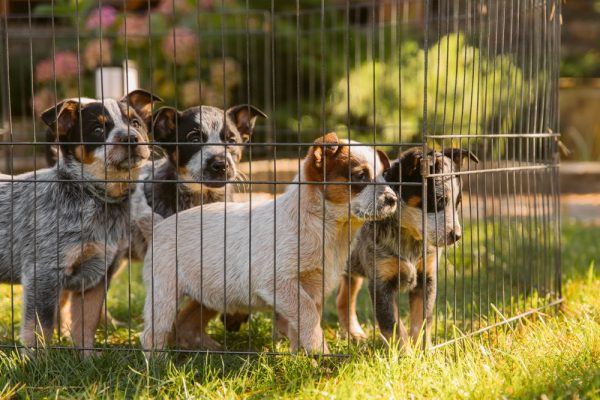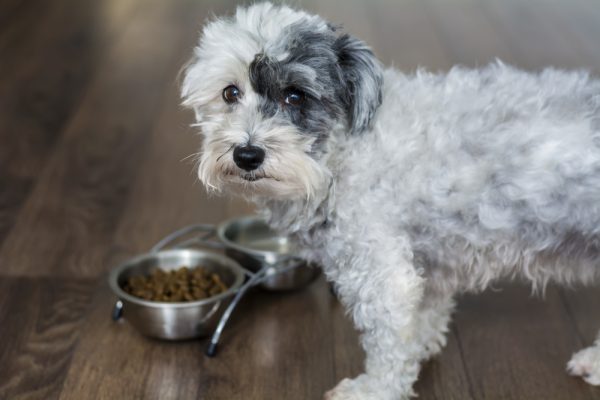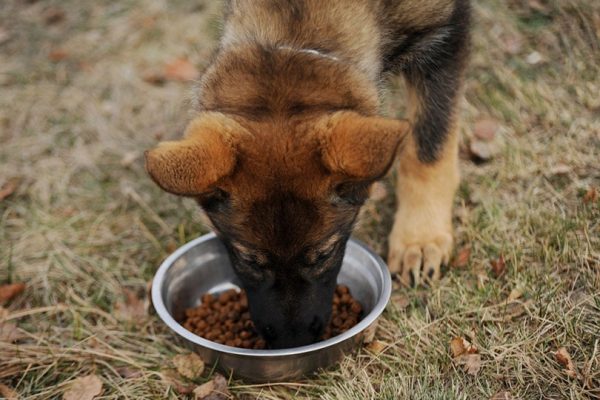In this article
View 8 More +Some of you may be with familiar with Nana, the black and white Landseer featured in Peter Pan. Landseer dogs are considered a color variation of the Newfoundland and not their own breed. Instead of being solid black, they are primarily white with black patches. Landseer dogs are highly intelligent and robust like their Newfoundland relatives.
They bark only occasionally and have a low incidence of biting due to their ability to get along well with people and other animals. However, they are playful and tend to play bite at times. They are very social animals and don’t do well when left alone for long periods. If you are looking for a big loveable canine, this may be the dog for you.
Breed Overview
Height:
26–28 inches
Weight:
120–150 pounds
Lifespan:
8–10 years
Colors:
Black and white
Suitable for:
Families with children, houses with a yard, watchdog, active people
Temperament:
Loving, affectionate, gentle, social
Landseer Characteristics

Landseer Puppies
Landseer queens can produce 4–10 puppies per litter. Landseer puppies take longer to mature than most dogs of this size and need to be kept on high-protein diets while growing to develop properly. Landseer dogs like to wander and need plenty of space to roam. They have an average lifespan for dogs their size, but they have shorter lifespans than smaller dogs.
Puppies reach puberty between 16 and 20 months. At this time, the growth plates close and they should be spayed or neutered. If this is done prior to puberty, studies show it can possibly cause problems with joints and connective tissues.

Temperament & Intelligence of the Landseer 🧠
Are These Dogs Good for Families? 👪
According to Pet MD, Newfoundland varieties are the best dogs for children. They are very gentle, even though they are large pups. Their history of protecting other animals makes them gentle with children and excellent watch dogs. However, they may accidentally knock over small children due to their size.
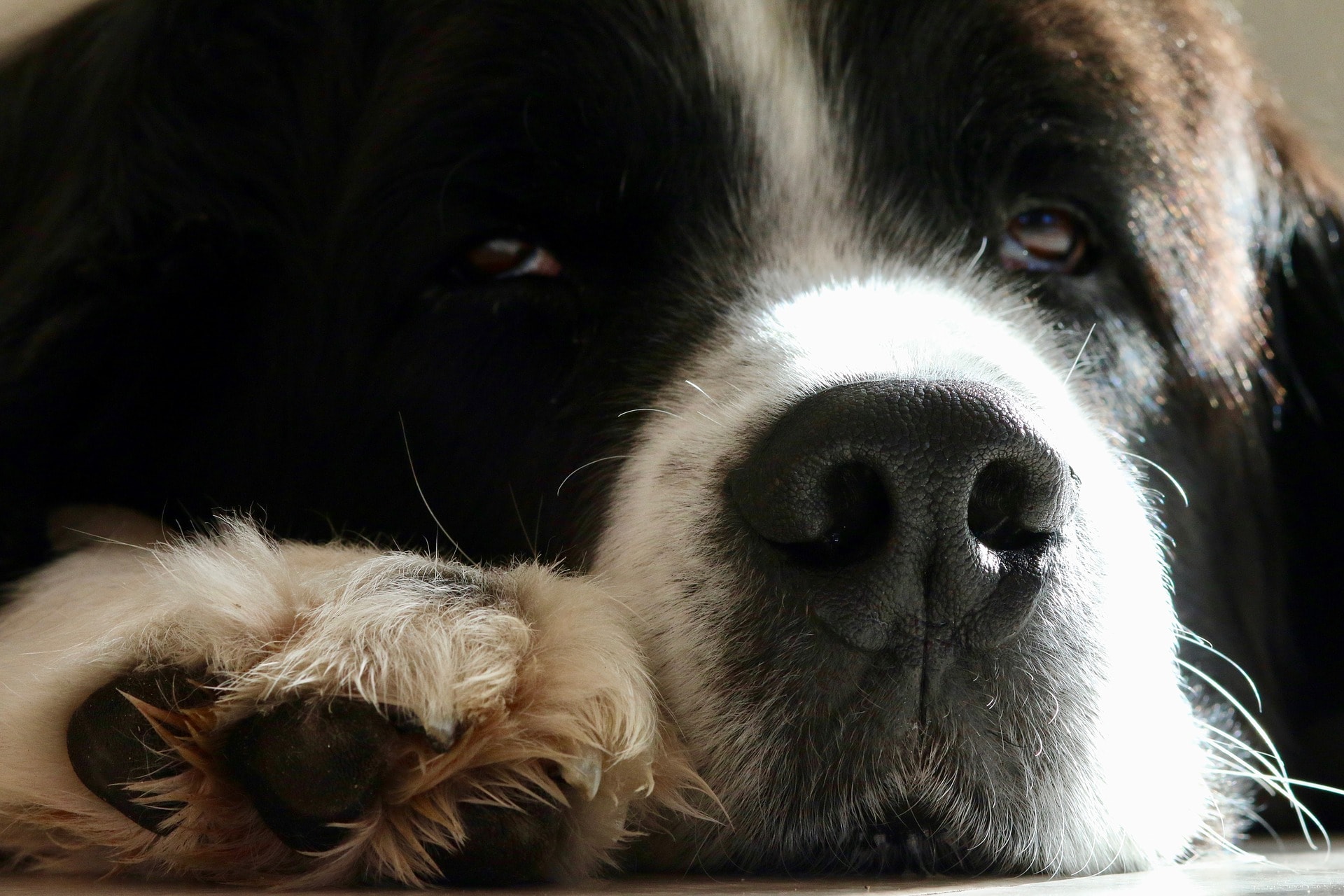
Does This Breed Get Along with Other Pets? 🐶 😽
Landseers have guarding instincts and they’re not hunting dogs, leading them to get along well with other pets. They were initially used to protect sheep, so they should get along with larger animals.

Things to Know When Owning a Landseer:
Food & Diet Requirements 🦴
Puppies take up to 18 months to mature. They should be fed a high-protein diet during this time to promote healthy growth. Once the puppy reaches adulthood, feed them commercial dog food formulated for large dogs, as they tend to become overweight easily.
You can follow the recommended amount for large dogs on the package of food you buy. However, speaking with your vet for specific recommendations for your pet is always the best. Landseer dogs do better in cool climates. Although they don’t drool as much as their relative, the Newfoundland, the Landseer still pants a lot to cool off their body.
Exercise 🐕
The Landseer is thought to be more active than the Newfoundland, making them ideal to take on outdoor adventures such as hiking and camping. They need a few daily walks and room to roam around. Although they are content to stay around the house, the Landseer needs a fenced-in yard since they are not afraid of vehicles or strangers. They are skilled diggers, so make sure your fence is firmly rooted in the ground.
Landseers were used as water dogs, and their webbed feet make them great swimmers. Although they don’t tolerate heat well due to their thick coats, they enjoy playing in water. In cooler climates, swimming is a good form of exercise for them. However, it’s best to avoid stagnant water and areas containing debris. Also, make sure your dog’s shots are up to date to avoid any waterborne illness.
Training 🎾
Landseers can have a stubborn streak, so training must begin early. Training and socialization should start when the Landseer is a puppy. Consistent positive reinforcement works best, and you must train them to stay by your side from a young age. Due to their friendliness toward strangers and their large size, the Landseer can easily frighten people if they jump on them unexpectedly.
Puppies should be trained in short increments on a routine basis. 15-20 minutes at a time, several times a day, will fit with their attention spans better than one long training session for over an hour. Focus on teaching one skill at a time and move on to another once the first is mastered. While treats can be used as rewards, be careful not to use too many since the Landseer is prone to obesity.
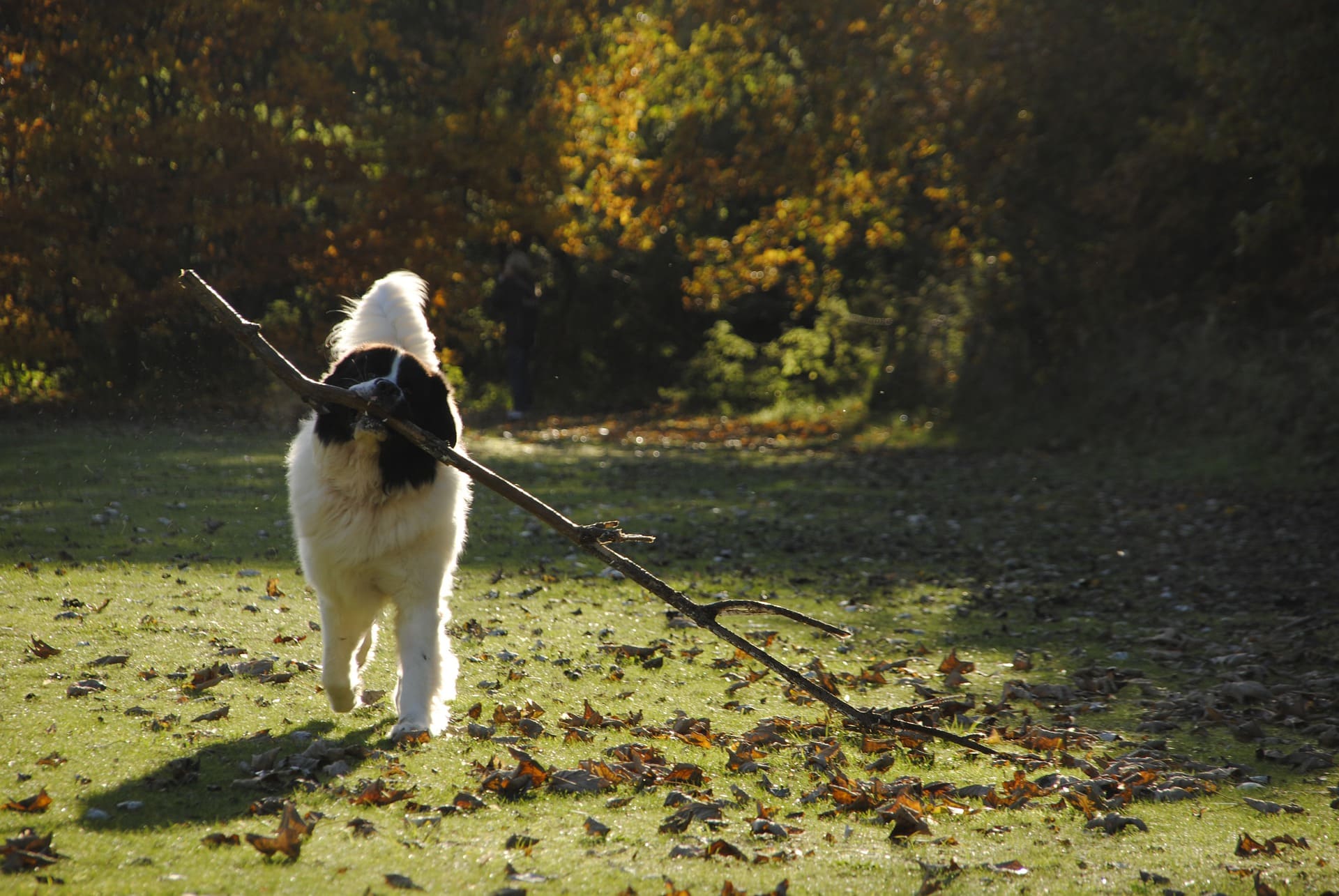
Grooming ✂️
The Landseer is easier to groom than a traditional Newfoundland because they only have one layer of wavy fur, which is slightly shorter. Also, the Landseer’s fur dries quickly after swimming. However, they shed frequently and require daily brushing to keep their coat healthy. Grooming is also a good way to bond with your pet, and you can take care of nail trimming and tooth brushing at home.
Health and Conditions 🏥
Due to their thick coats, Landseers shouldn’t exercise outside during the hottest part of the day. Early morning and late evening walks are ideal for the summer.
- Bleeding disorder (vWD)
- Cataracts, Osteochondrosis Dissecans (OCD)
- Abnormal eyelids
- Lower eyelid droop
- Cruciate ligament rupture
- Sensitive to heat
- Sensitive to anesthesia
- Canine hip dysplasia (CHD)
- A heart condition called sub-aortic stenosis (SAS)
- Gastric torsion, cystinuria
- Epilepsy
- Elbow dysplasia
Male vs Female
Females are smaller than males, approximately 26.5 to 28.5 inches tall, and weigh less on average, approximately 110 pounds. However, their temperament is the same, regardless of sex.

3 Little-Known Facts About the Landseer
1. The Landseer Is Named After the Artist Edwin Landseer.
During the 19th century, artists often used the Landseer as a subject for their art. These beautiful dogs are named after the artist Edwin Landseer, known for his famous canine paintings. Since the white coloring is a recessive gene, the solid black variety began dominating in the late 19th century. In the 1930s, an effort was made to revive the black-and-white variety.
2. The Landseer Is Descended From Canadian Guard Dogs.
The Landseer is thought to descend from dogs used by fishermen in the Newfoundland area of Canada. They were originally imported by the Portuguese from Europe. Newfoundland dogs were used as water dogs and to guard livestock.
3. These Dogs Have a Past of Being First Responders.
Landseers have a history of being rescue dogs. They allow themselves to act as a life preserver for someone who is drowning. They have even been known to grip an unconscious person by the upper arm so that the person’s head stays out of the water as they carry them to shore. For a time, they worked at British lifeguard stations, making sure people didn’t go out too far and rescuing those in distress. Supposedly, one rescued Napoleon Bonaparte when he fell into the sea when returning to France.

Final Thoughts
The Landseer can be a great new addition to your family if you are prepared to spend time with him. They are friendly, sociable, and loyal but tend to get anxious when left alone. This dog is not for you if you work long hours or are away often. The Landseer is also a large dog, so they are better suited for a house with a yard rather than an apartment.
- You may also want to read: Male vs. Female Newfoundlands: What Are the Differences?
Featured Image Credit: Beuthin, Pixabay
